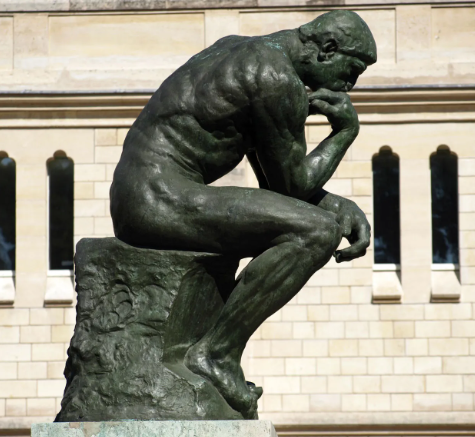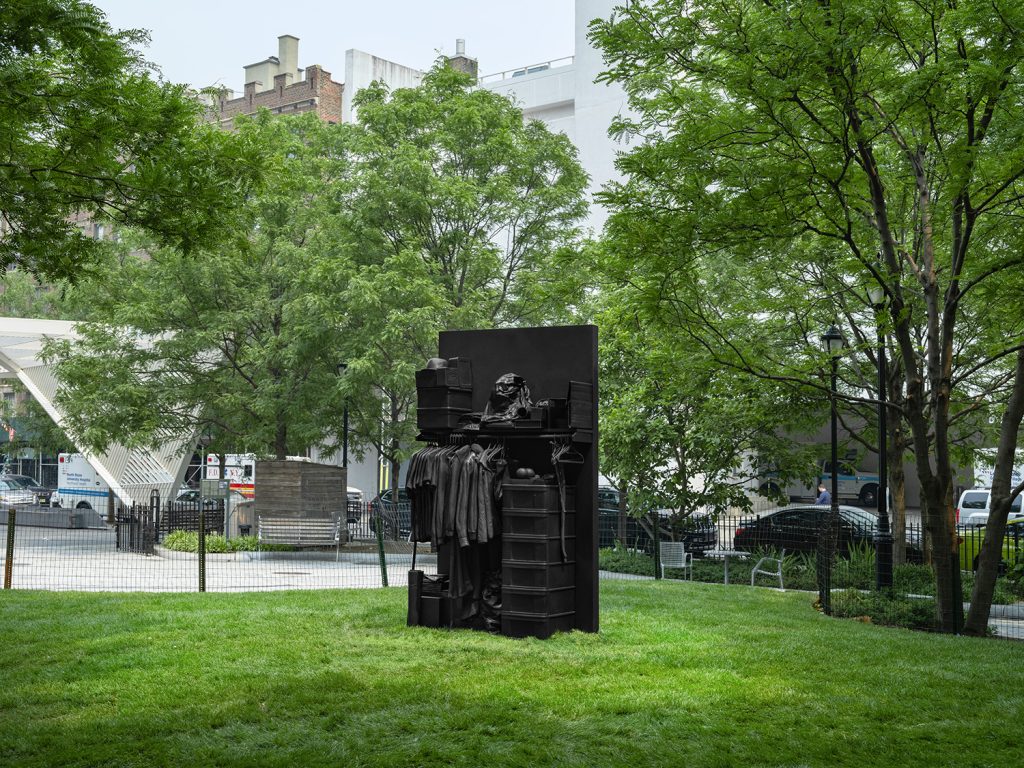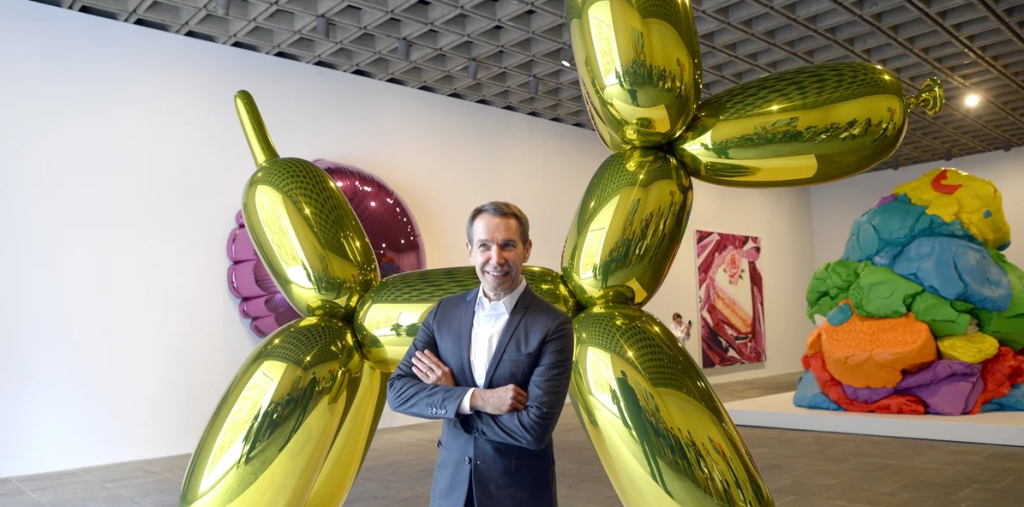Contemplation in Bronze: The Enduring Legacy of ‘The Thinker’
Few sculptures evoke the depths of human thought as powerfully as Auguste Rodin’s “The Thinker.” This iconic piece not only symbolizes philosophy and introspection but has also transcended its artistic realm to become a cultural touchstone. Understanding its background, meaning, and influence can enrich our appreciation of art and its role in society.
The Origins of ‘The Thinker’
Originally conceived in 1880 as part of Rodin’s larger work, “The Gates of Hell,” “The Thinker” was intended to represent Dante Alighieri, reflecting on the themes of the afterlife depicted in “The Divine Comedy.” Crafted from clay, then cast in bronze, Rodin’s creation captures the complex interplay of emotion and intellect. Its muscular form and thoughtful pose suggest profound meditation, inviting viewers to engage with their thoughts. Each iteration and reproduction of the sculpture has added layers to its significance, making it a timeless symbol of contemplation.
Interpretations and Meanings
At its core, “The Thinker” embodies the essence of deep reflection. Many art enthusiasts and philosophers interpret the figure as a symbol of human struggle, contemplating life’s meaning and moral questions. The posture, with its hand resting on the chin, indicates a moment of crisis or decision—a universal experience that resonates with individuals from all walks of life. This versatility in interpretation contributes to its enduring relevance; each viewer can project their own thoughts and feelings onto the sculpture, making it a personal experience.
Cultural Impact and Recognition
“The Thinker” has had an immense cultural impact, appearing in countless forms, from toys to advertisements. It’s not only a staple in art museums but also a metaphor used in various fields—from literature to psychology—representing the act of thinking itself. Moreover, its appearances in popular culture and media have solidified its status as a universal icon of intellect. The image continues to inspire artists and thinkers, representing the ongoing quest for knowledge and understanding in an ever-evolving world.
In conclusion, “The Thinker” is more than just a sculpture; it’s a profound statement on the human condition. Whether viewed in a museum or encountered in everyday life, it prompts us to pause, reflect, and engage with our thoughts. For those intrigued by art and philosophy, exploring the legacy of Rodin’s masterpiece is an excellent starting point for deeper contemplation of the human experience. Join the conversation and discover how art continues to shape our understanding of ourselves and our world!


